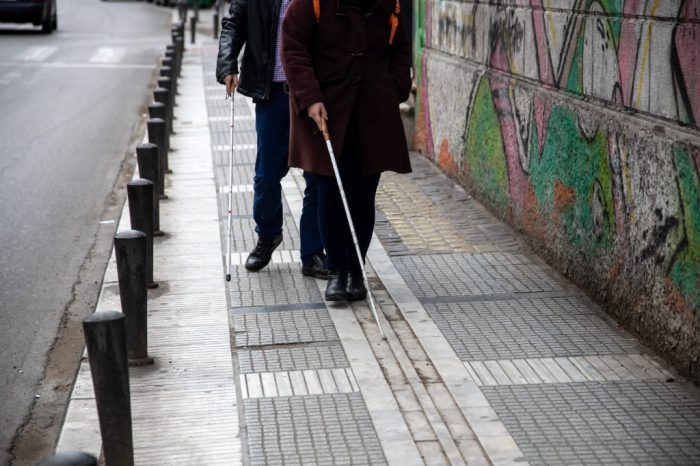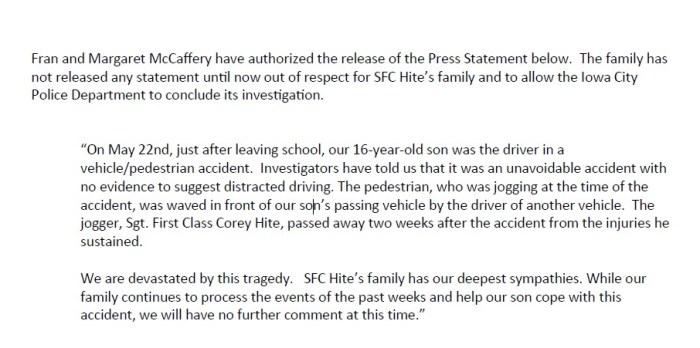Not yielding to visually impaired pedestrians is a misdemeanor, a serious traffic violation that puts the lives of vulnerable individuals at risk. This reprehensible act not only violates the law but also demonstrates a profound lack of empathy and disregard for human safety.
The legal implications of failing to yield are severe, ranging from fines and license suspension to potential criminal charges. Moreover, the consequences for visually impaired pedestrians can be devastating, leading to accidents, injuries, and even fatalities. It is imperative that drivers understand their responsibilities and obligations to yield to visually impaired pedestrians, ensuring their safety and upholding the rule of law.
Definition of Misdemeanor

A misdemeanor, in the context of traffic violations, is a less serious offense than a felony. It typically involves a violation of traffic laws or regulations that pose a risk to public safety but are not considered as severe as felonies.
Legal Implications of Not Yielding to Visually Impaired Pedestrians, Not yielding to visually impaired pedestrians is a misdemeanor
In many jurisdictions, failing to yield to visually impaired pedestrians is considered a misdemeanor traffic violation. This offense carries penalties that may include fines, license suspension, or even criminal charges in some cases. The specific penalties can vary depending on the severity of the violation and the jurisdiction in which it occurs.
Impact on Visually Impaired Pedestrians: Not Yielding To Visually Impaired Pedestrians Is A Misdemeanor
Visually impaired pedestrians face unique challenges and risks when crossing roadways. Their inability to see oncoming traffic can make it difficult for them to judge the speed and distance of vehicles, increasing their risk of being involved in an accident.
When drivers fail to yield to visually impaired pedestrians, it can lead to serious injuries or even fatalities. Statistics show that visually impaired pedestrians are disproportionately represented among traffic accident victims.
Enforcement and Prevention Measures

Law enforcement plays a crucial role in enforcing laws against not yielding to visually impaired pedestrians. Police officers can issue citations and fines to drivers who violate these laws.
Technology can also be used to deter and detect violations. Cameras and sensors can be installed at intersections to monitor traffic and identify drivers who fail to yield to pedestrians.
Public awareness campaigns and educational initiatives are also important in promoting safe driving practices and reducing the number of incidents involving visually impaired pedestrians.
Driver Responsibilities and Obligations

Drivers have a legal and ethical responsibility to yield to visually impaired pedestrians. This means maintaining a safe following distance, being aware of their surroundings, and using proper signaling.
Drivers should also be aware of the specific needs of visually impaired pedestrians, such as the use of guide dogs or white canes. By understanding and respecting these needs, drivers can help ensure the safety of all pedestrians.
FAQ
What is the legal definition of a misdemeanor?
A misdemeanor is a criminal offense that is less serious than a felony, typically punishable by fines, jail time of less than one year, or both.
What are the penalties for not yielding to visually impaired pedestrians?
Penalties vary depending on jurisdiction but may include fines, license suspension, and potential criminal charges.
Why is it important to yield to visually impaired pedestrians?
Visually impaired pedestrians face unique challenges when crossing roadways, and failing to yield can lead to accidents, injuries, and fatalities.